Master plans are something landscape architects do every day, and they know how important they are. Master plans do an excellent job of illustrating where a park is now, where your client hopes it will be in the future and what is required to get there. There are different ways to develop a master plan, but the end result should be a clear and concise vision of how the community and its amenities will look. The more detail the master plan has, the better.
Even if you are planning to add or update a commercial playground design, a master plan is a helpful tool. Let’s just refresh why master planning is important to our communities – both today and in the future.
Involve the Community and Stakeholders
Your master plan will help you and or your client to gather more support from your community and stakeholders. They’ll be able to see your long-term vision and what the community and or park can grow into. You and your client can show your master plan off during open houses, community events and other virtual meetings to garner support and gain community buy in.
Not only will public engagement generate more support for funding but also it ensures that the community and or park will accommodate a diverse group of users. By sharing you and or your client’s vision and getting the community involved, you also increase opportunities to partner with school districts, service organizations and other business within the area.
Provide a Guide for Making Decisions
As you consider the many ways a park, green spaces and amenities can enhance your community, you’ll need to evaluate the current condition of the streets, sidewalks, facilities, grounds and landscaping. What do people want to see initially? What do they hope to see improved and enhanced in the future?
To find out this information, you may need to interview people in the community or utilize focus groups. They are the ones using these facilities after all. When you gather this information from residents and local businesses, you can use the characteristics of the community and or park for future plans, designs and strategies.
Depending on the extend of your plan and or budgeting, you may have to build your park in phases. A master plan provides a holistic vision for the rehabilitation and management of your community and or park. With a solid work plan in place, you’ll have ongoing support from your community and reliable strategies for implementation.
Address Challenges and Expectations
Using the information gathered from the community, consider the needs of your users. Are they looking for inclusive playground equipment? A dog park where their pets can run and play? Outdoor fitness equipment to burn calories? A community pool or aquatic center with outdoor furnishings, shade and timing systems? Sports courts and athletic fields with bleachers, pressboxes, scoreboards etc. Bike racks and other streetscape furnishings for municipal areas?
Your master plan should address the challenges you’re facing as well as the ways you plan to overcome them. It should also include your plans for meeting the expectations of your community and stakeholders. By doing this, you give your master plan credibility.
Certainly, make sure your master plan is flexible enough to account for changes that occur along the way. As you probably know, projects often don’t go as planned.
Let Us Assist You with Your Community Master Plan Today
CR Studio Design partners with landscape architects to help them bring their clients projects to fruition. CR Studio Design can assist customers in finding creative park and recreational design solutions. We can also assist with your master plan by providing you with our CAD Design files for play, shade, shelter, surfacing and site furnishings to complete your plans. Our CR Studio Design CAD DETAILS microsite is an excellent resource for landscape architects with master planning and green spaces. We look forward to working with you to achieve your clients goals and make their project a reality.
